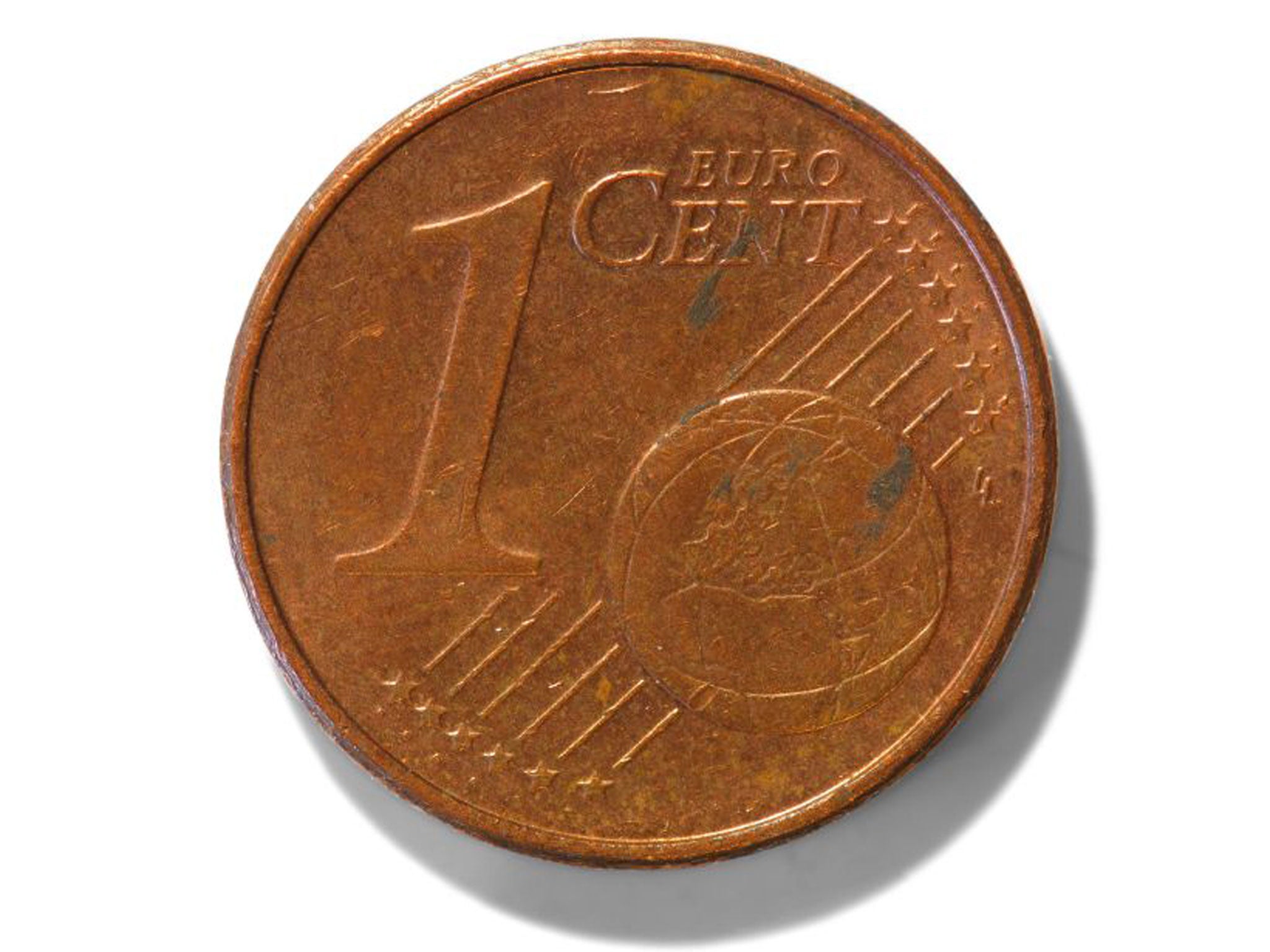Keep the change, say Germans alarmed by European plan to scrap copper coins

Your support helps us to tell the story
From reproductive rights to climate change to Big Tech, The Independent is on the ground when the story is developing. Whether it's investigating the financials of Elon Musk's pro-Trump PAC or producing our latest documentary, 'The A Word', which shines a light on the American women fighting for reproductive rights, we know how important it is to parse out the facts from the messaging.
At such a critical moment in US history, we need reporters on the ground. Your donation allows us to keep sending journalists to speak to both sides of the story.
The Independent is trusted by Americans across the entire political spectrum. And unlike many other quality news outlets, we choose not to lock Americans out of our reporting and analysis with paywalls. We believe quality journalism should be available to everyone, paid for by those who can afford it.
Your support makes all the difference.Desperate to save pennies as the economic crisis continues to bite, the European Union is mulling over phasing out one and two cent coins after it emerged that they cost more than their face value to mint.
The bloc’s legislative arm, the European Commission (EC), announced proposals last week to ditch the single currency’s lowest-value coins, arguing that the difference between the value of the coins and their cost to manufacture and distribute had reached €1.4bn (£1.18bn).
But opposition is growing, with the German broadcaster Deutsche Welle reporting yesterday that German citizens were keen to keep precise pricing.
“There are relevant surveys, including from the German Central Bank, that show that a huge majority of consumers like the one- and two-cent coins,” said Stefan Hertel, press spokesman for the German trade association.
The concern is that prices will be rounded up on products which lure the consumer with the psychological “99 cent” barrier – people would, for example, be much more inclined to buy a €3.99 tube of toothpaste than a €4 tube.
But evidence from nations such as Finland and the Netherlands, which have largely phased out the coppers, shows little difference in overall pricing.
Carsten Brzeski, an economist at ING in Brussels, told Reuters: “If you think about the psychology of price, I think you’ll rather see a rounding down to 95 cents than an upward adjustment.”
The fate of the 45 billion one and two cent coins in circulation will be decided after consultations between the EC and member states. Another option is to mint small value coins with cheaper materials than the current iron coins, which are coated in copper.
Join our commenting forum
Join thought-provoking conversations, follow other Independent readers and see their replies
Comments